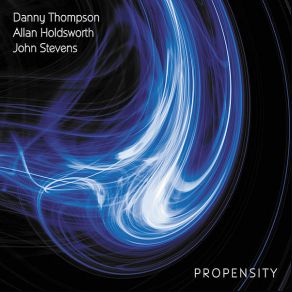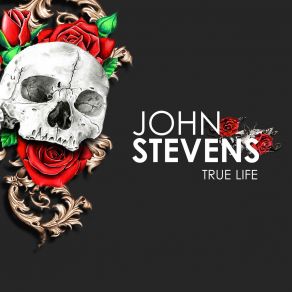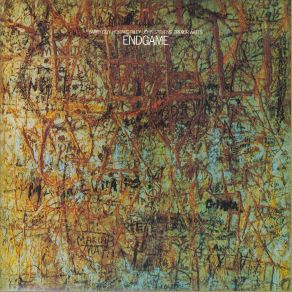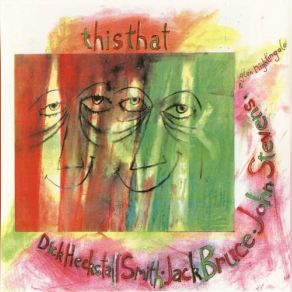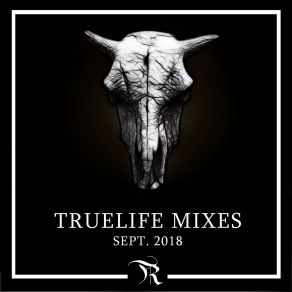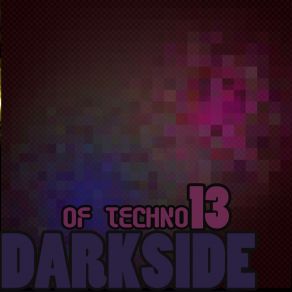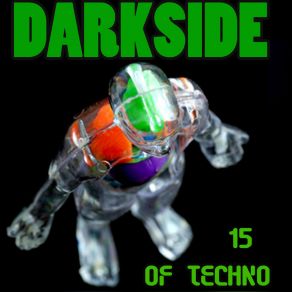John Stevens
Wikimp3 information about the music of John Stevens. On our website we have 31 albums and 12 collections of artist John Stevens. You can find useful information and download songs of this artist. We also know that John Stevens represents Jazz genres.
Biography
[Edit]One of the founding fathers of free improvisation in Britain. In the mid-'60s, Stevens helped found Spontaneous Music Ensemble (SME), an influential group that included most of England's top experimental jazz musicians. The band's lineup evolved and fluctuated, but at one time or another Paul Rutherford, Trevor Watts, Derek Bailey, Evan Parker, Kenny Wheeler, and Julie Tippetts were among the members. Stevens' father was a tap dancer, a factor in his decision to become a musician. Stevens joined the Royal Air Force in 1958, where he studied music formally and met other like-minded musicians, in particular Watts and Rutherford. While in the service he played with skiffle and Dixieland bands. Stevens' interest in jazz seems to have followed a natural curve; bebop was his first language (he played with hard bop saxophonist Tubby Hayes), followed by the free jazz dialects of the Giuffre-Bley-Swallow trio and Albert Ayler. He became one of the top modern jazz drummers in London during the mid-'60s. He played Ronnie Scott's club regularly, and formed his own septet that included Wheeler.
Around 1965, he joined a group led by Rutherford and Watts. The band's music became more avant-garde than was welcome in regular jazz clubs, so from 1966 they played their free jazz in the Little Theatre Club, a small theater in the West End of London. The Rutherford-Watts group became Spontaneous Music Ensemble. Soon, Wheeler joined the group, then Evan Parker did as well. SME recorded its first album in 1966. By 1967 the band had grown to a septet, with the addition of Bailey and bassist Barry Guy. Stevens' playing became increasingly textural and minimal. At his instigation, the band's music as a whole became more subdued. Except for Parker, the other members dropped out, and by mid-1967 Stevens had become the band's sole leader (eventually Parker joined the ranks of the SME's sometime members). Over the next several years such players as Peter Kowald, Barre Phillips, Maggie Nicols, and Johnny Dyani passed through Stevens-led ensembles. In the late '70s, Stevens used younger players: Nigel Coombes, Roger Smith, and Colin Wood. Wood dropped out in 1978, and the others played (very occasionally) as a trio until 1992. The last SME included Smith and saxophonist John Butcher. The group's final album, A New Distance, was taken from live performances recorded in the year before Stevens' death in 1994.
While SME was probably his most important association, Stevens never stopped playing in other contexts, from rock to bop. At various times he led a large Spontaneous Music Orchestra and the jazz-rock group Away. Stevens died of a heart attack at the age of 54.
Title: Truelife Aug. 2018 Mixes
Artist: Vila, LUCA LENTO, John Stevens
Genre: Techno, Dancefloor, Dance Pop
Title: Symphonia Fantastique!
Artist: John Stevens, Scott Watson, Symphonia Perusina, Daniel Perantoni, Symphonia, Brian L. Bowman, Winston Morris, Neal Corwell
Genre:
Title: Karyōbin (Maxi-Single)
Artist: Derek Bailey, Dave Holland, Evan Parker, John Stevens, Spontaneous Music Ensemble
Genre: Free Improvisation, Free Jazz
Title: 4, 4, 4
Artist: Barry Guy, Paul Rutherford, John Stevens, Evan Parker
Genre: Avant Garde Jazz, Free Jazz
Collections
Title: Arkatone Music Group Ltd: For Your Consideration
Genre: Hip Hop/R&B, Rap, Pop
Title: Lucas & Gea Presenteren - Vol. 3
Genre: Pop
Title: Het Grote Piratenfeest, Deel 2
Genre: Pop
Title: Get the Message (Wrighteous Entertainment Presents)
Genre: Gospel
Title: Beatport Techno. Electro Sound Pack # 11 (CD2)
Genre: Techno, Tech House, Electro
Title: Beatport Techno. Electro Sound Pack # 54 (CD2)
Genre: Electronica, Techno
Title: Beatport Techno. Electro Sound Pack # 54 (CD3)
Genre: Electronica, Techno
Title: EDM Biohazard (CD1)
Genre:
Title: Relive The Sunset Moments 2024
Genre: Electronica, Pop, Classical
Featuring albums
Title: The Feast Awaits
Artist: James Campbell, Alan Campbell, Anthony DiSanza, William Richardson, Douglas Hill, Wisconsin Brass Quintet, Paul Rowe, Jason Richins, Christopher Fashun, John Aley
Genre:

